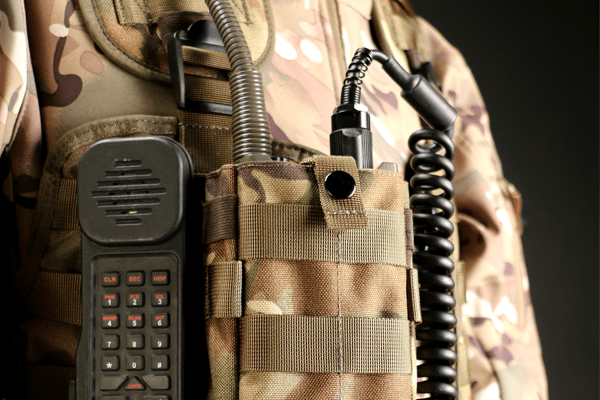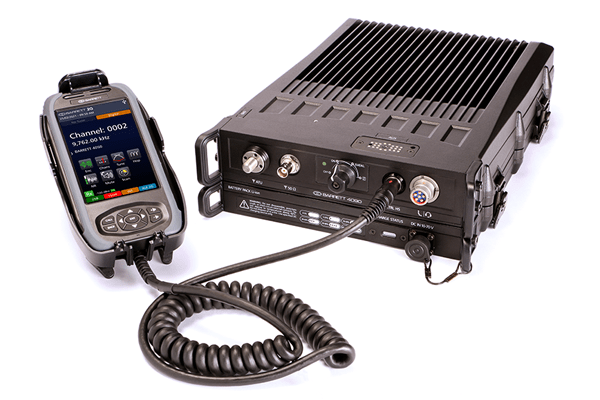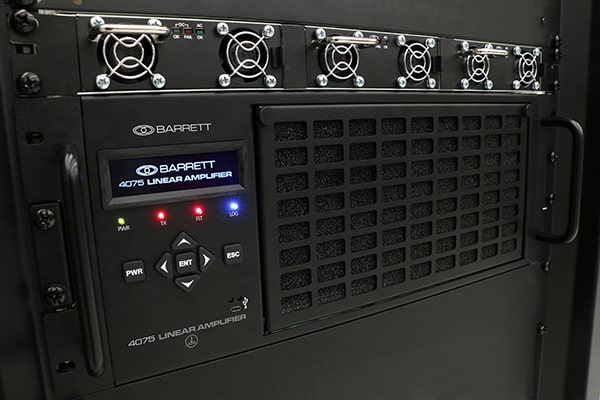From Telegraph to Radio: The Evolution of Wireless Communication
From Telegraph to Radio: The Evolution of Wireless Communication
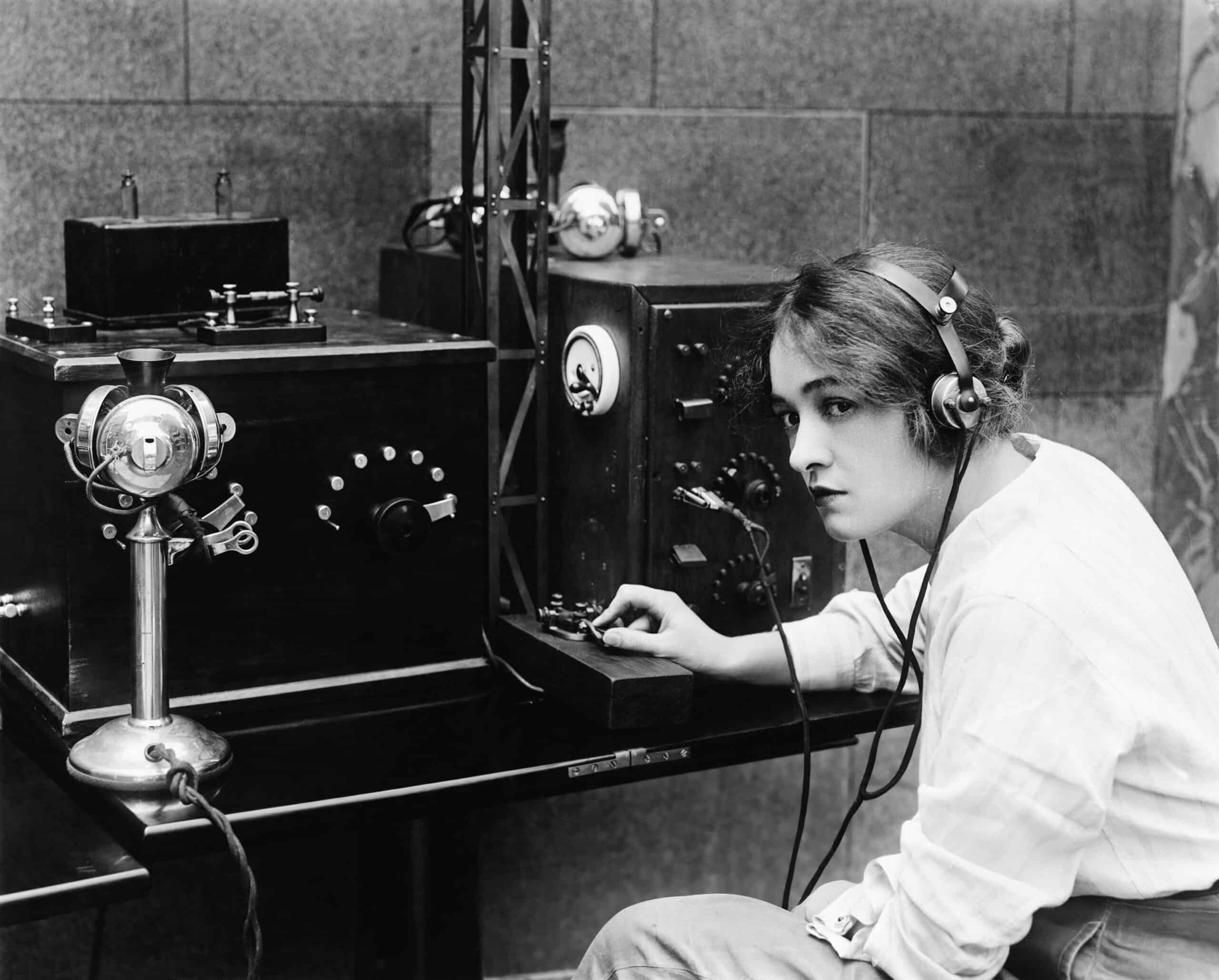
Explore the evolution of wireless communication from the telegraph era to modern radio systems. Understand how these advancements have revolutionized our world.
Wireless communication — a technology that allows the transmission of a radio signal between two or more points without any physical connection — has revolutionised the way we connect and interact.
This article charts the fascinating journey of this breakthrough innovation from the age of telegraphs to the sophisticated radio systems of today.
The Telegraph Era
The telegraph, invented by David Alter and André-Marie Ampère in the 19th century, was the first form of long-distance communication. It played a crucial role in connecting different parts of the world, enabling rapid information exchange.
However, the telegraph had its limitations. It required physical wires to connect locations, and although much faster than postal deliveries, transmissions were far from instant. These challenges necessitated further advancements in the field of wireless communication.
Birth of Radio: Marconi’s Invention
Guglielmo Marconi, an Italian pioneer in the field of communication, is recognised as the creator of the radio. His groundbreaking work in wireless communication enabled signals to be transmitted over vast distances without the use of wires.
The impact of Marconi’s innovation was profound, leading to the widespread adoption of radio connection in various sectors, including military, maritime and broadcasting. Moreover, this technology was instrumental during World War I, serving as a critical tool for coordinating military strategies, transmitting vital information, and enhancing the overall efficiency of wartime communication. And finally, it also paved the way for the development of numerous other radio-based technologies that we rely on today
Evolution of Mobile Communication
The advent of the telephone, credited to Alexander Graham Bell, marked a significant turning point in the history of communication. This remarkable invention revolutionised the way people connected, enabling direct voice communication over long distances. It laid the groundwork for the development of more advanced communication technologies, setting the stage for the next big leap.
The true game-changer in the realm of untethered communication arrived with the advent of 1G cellular technology in the 1980s. This breakthrough heralded the onset of the mobile revolution, transforming the telephone from a stationary device to a portable gadget and forever changing the way we communicate.
Over the years, wireless systems have evolved from 1G to the current 5G, each generation bringing major improvements in speed, capacity and functionality. The advent of mobile communication has had a transformative influence on society, changing the way we work, play and interact.
Presently, with the advent of 5G, we are on the cusp of a new era of ultra-fast, reliable and secure radio-wave based communication.
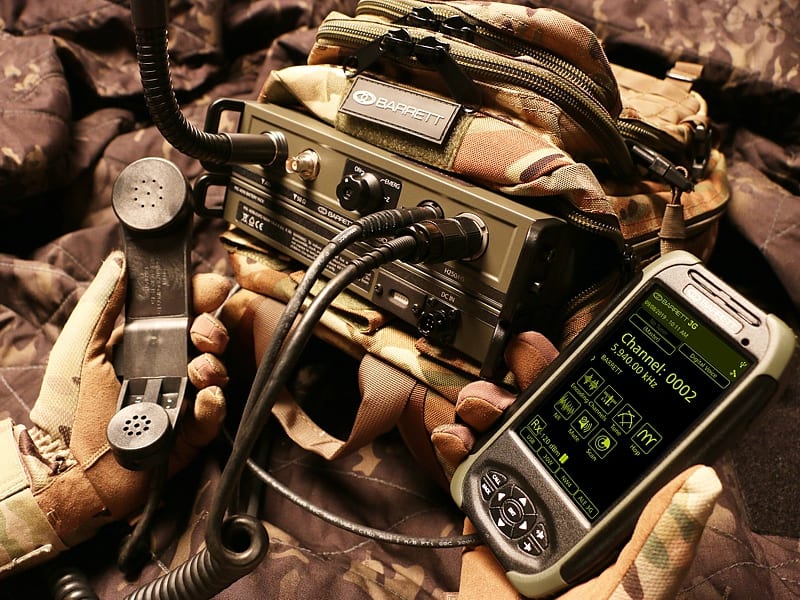
Modern-Day Radio Systems
The transition from analogue to digital radio networks marked a notable advancement in wireless communication. Modern radio systems, including High Frequency (HF) and Very High Frequency (VHF) radios, offer superior performance, reliability and security. These systems are used in multiple sectors, including defence, emergency services and maritime, providing critical communication capabilities in challenging environments.
The progression of radio-based technology has significantly improved the quality and reliability of communication, and it has introduced features like encryption and data transmission. These advancements have greatly enhanced the scope and utility of these networks.
Currently, radio systems are an integral part of our infrastructure, playing a crucial role in ensuring safety, security and efficient operations across diverse sectors.
Final Thoughts
The journey from the telegraph to modern-day radio-based technology is a testament to human ingenuity and the relentless pursuit of progress. This advancement has not only transformed the way we interact, but also opened up new possibilities for future progress. As we look forward to the future of radio-based transmission, it’s essential to understand and appreciate the journey that has brought us here.
At Barrett Communications, we’re at the forefront of this exciting field, offering advanced wireless communication solutions. To learn more about our products and services, please get in touch with us today.

